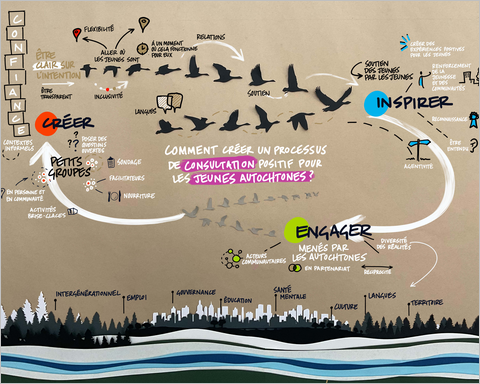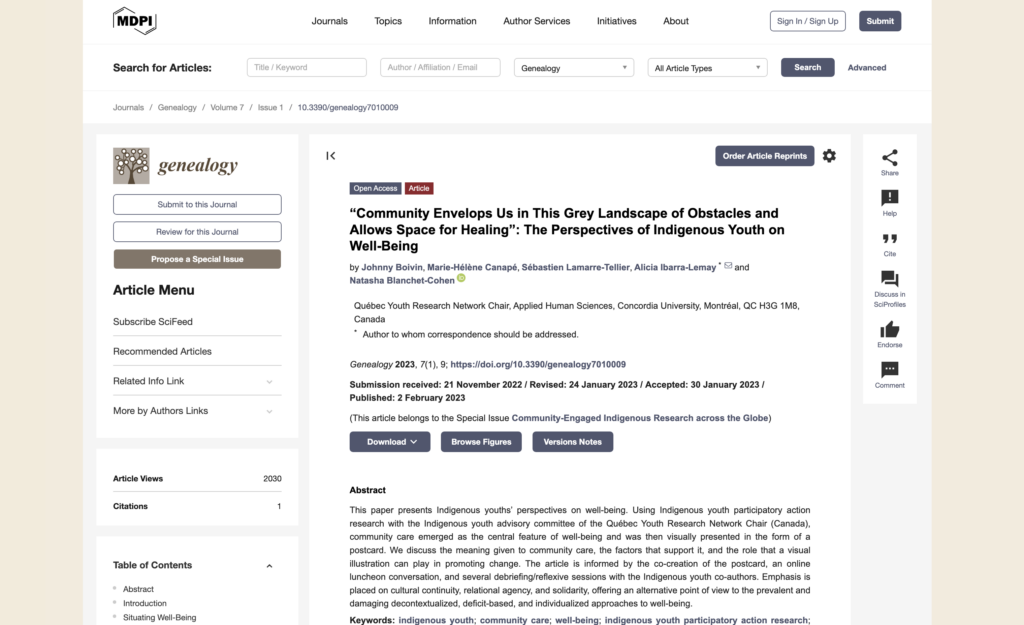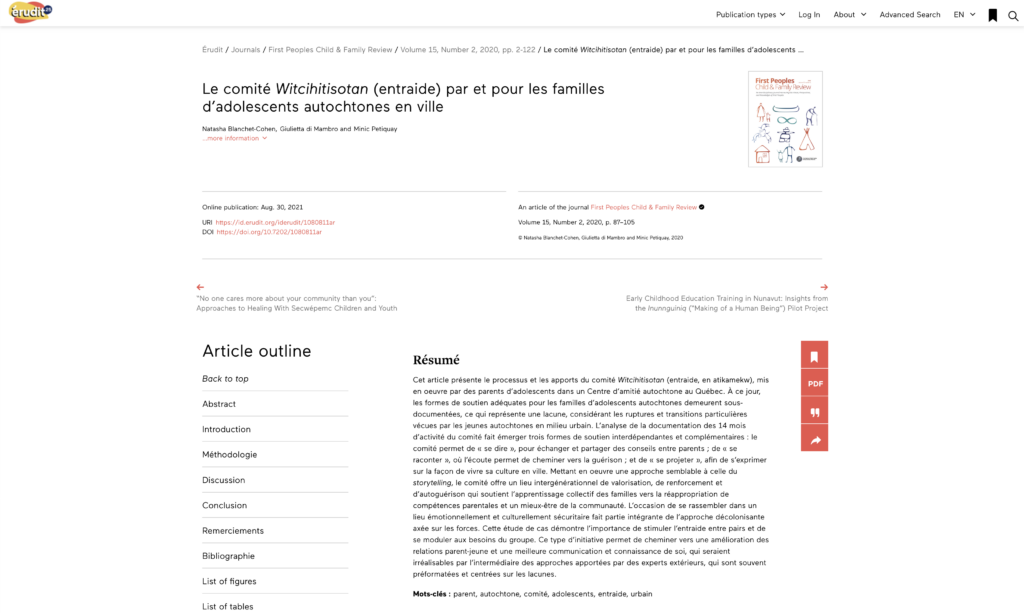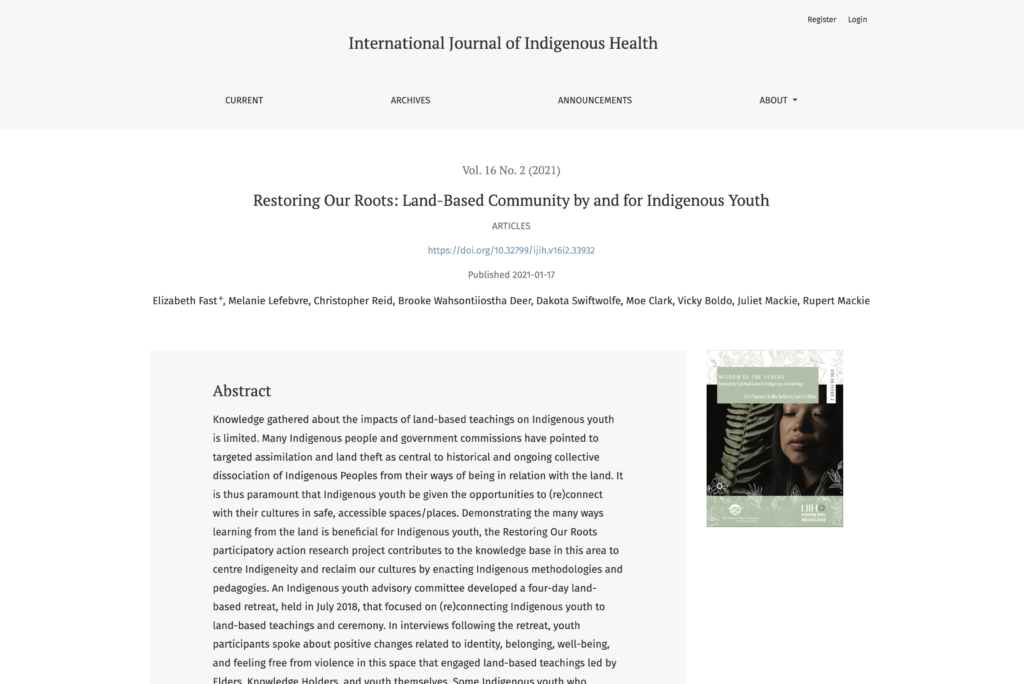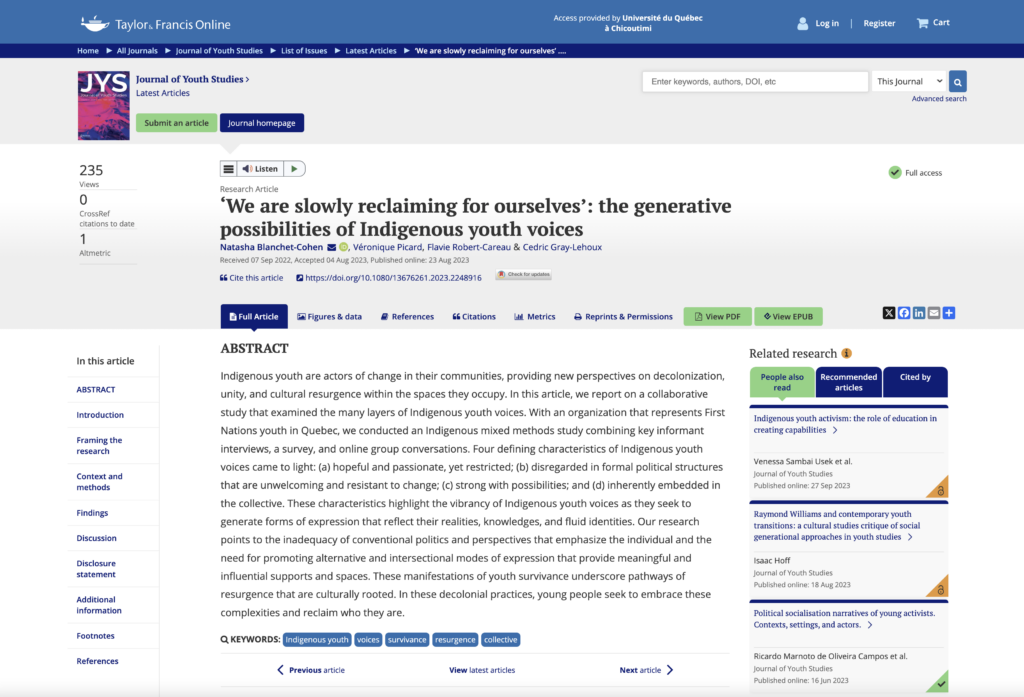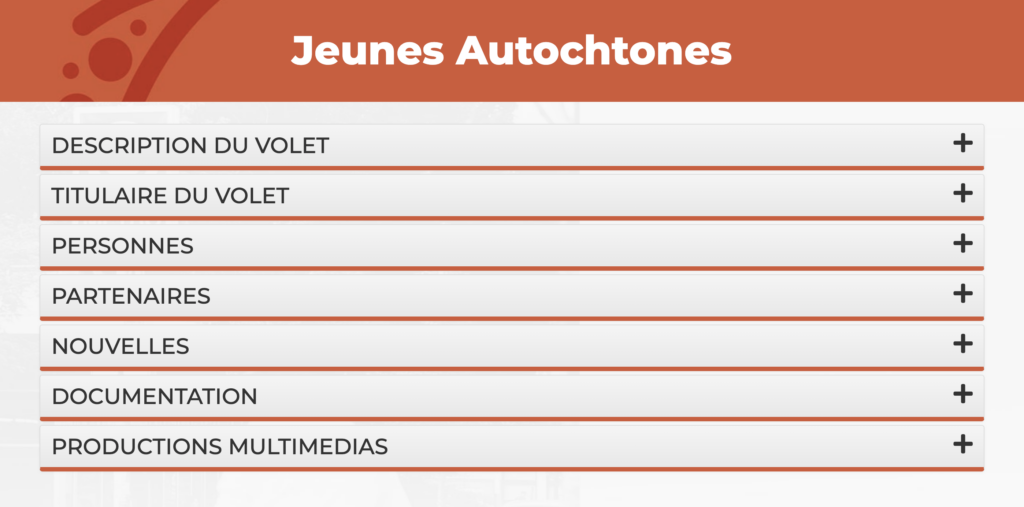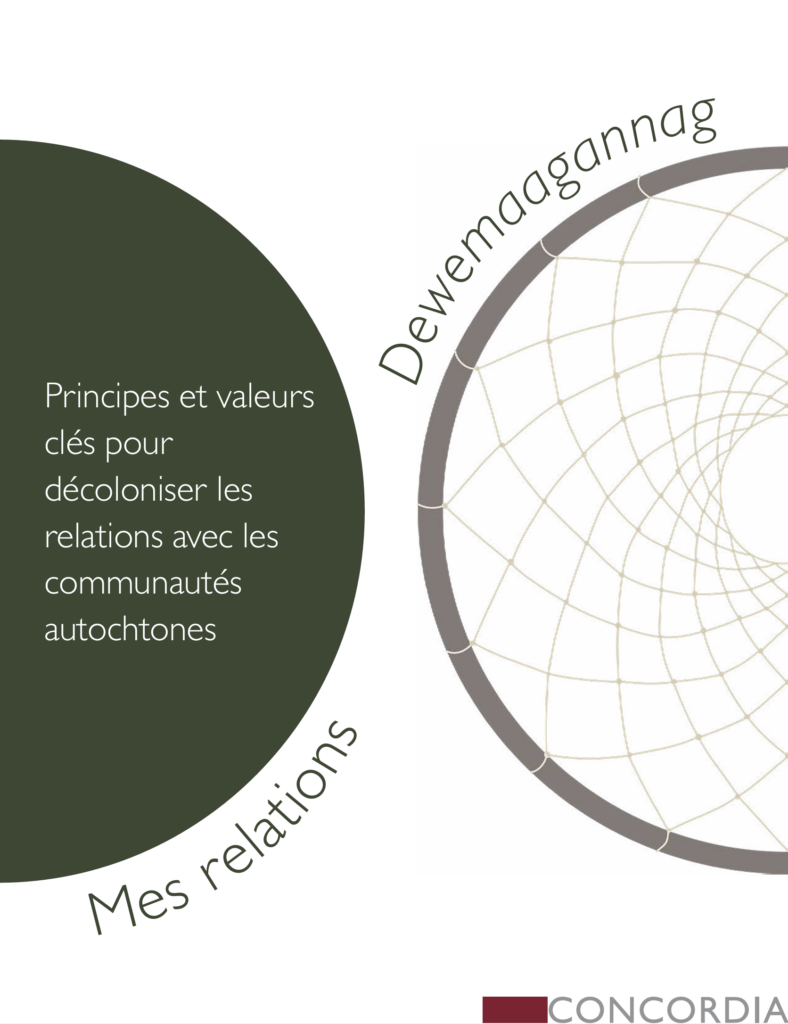Notice bibliographique
Bertulies-Esposito, B., Iyer, S. et Abdel-Baki, A. (2022). The Impact of Policy Changes, Dedicated Funding and Implementation Support on Early Intervention Programs for Psychosis. The Canadian Journal of Psychiatry, 67(8), 585-597.
Résumé
Introduction: Early intervention services for psychosis (EIS) are associated with improved clinical and economic outcomes. In Quebec, clinicians led the development of EIS from the late 1980s until 2017 when the provincial government announced EIS-specific funding, implementation support and provincial standards. This provides an interesting context to understand the
impacts of policy commitments on EIS. Our primary objective was to describe the implementation of EIS three years after this increased political involvement.
Methods: This cross-sectional descriptive study was conducted in 2020 through a 161-question online survey, modeled after our team’s earlier surveys, on the following themes: program characteristics, accessibility, program operations, clinical services, training/supervision, and quality assurance. Descriptive statistics were performed. When relevant, we compared data
on programs founded before and after 2017.
Results: Twenty-eight of 33 existing EIS completed the survey. Between 2016 and 2020, the proportion of Quebec’s population having access to EIS rose from 46% to 88%; >1,300 yearly admissions were reported by surveyed EIS, surpassing governments’ epidemiological estimates. Most programs set accessibility targets; adopted inclusive intake criteria and an open
referral policy; engaged in education of referral sources. A wide range of biopsychosocial interventions and assertive outreach were offered by interdisciplinary teams. Administrative/organisational components were less widely implemented, such as clinical/administrative data collection, respecting recommended patient-to-case manager ratios and quality assurance.
Conclusion: Increased governmental implementation support including dedicated funding led to widespread implementation of good-quality, accessible EIS. Though some differences were found between programs founded before and after 2017, there was no overall discernible impact of year of implementation. Persisting challenges to collecting data may impede monitoring,
data-informed decision-making, and quality improvement. Maintaining fidelity and meeting provincial standards may prove challenging as programs mature and adapt to their catchment area’s specificities and as caseloads increase. Governmental incidence estimates may need recalculation considering recent epidemiological data.
Hyperlien
https://doi.org/10.1177/07067437211065726Publication du membre
Dre Amal Abdel-BakiAppartenance aux volets














